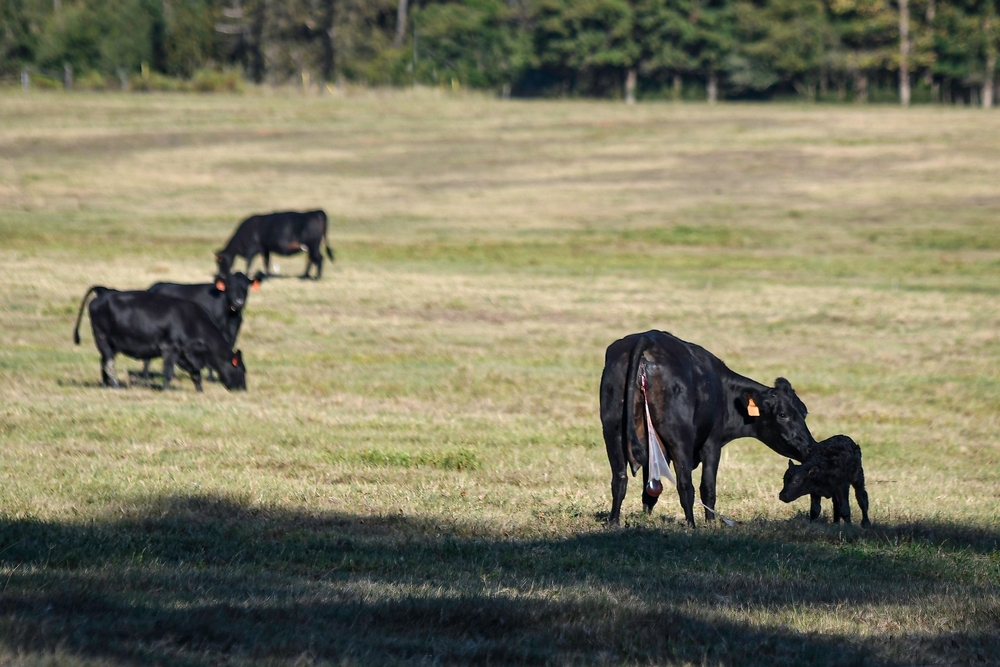
Mark Johnson, Oklahoma State University Extension Beef Cattle Breeding Specialist, offers herd health advice as part of the weekly series known as the “Cow Calf Corner,” published electronically by Dr. Derrell Peel, Johnson, and Paul Beck. Today, Johnson talks about when cows fail to expel the placenta after calving.
Retention of fetal membranes, or retained placenta, in cows usually is defined as failure to expel fetal membranes within 24 hours after parturition. Normally the expulsion occurs within eight hours after delivery of the calf. The placenta is retained when the cotyledons on the placenta do not detach from the caruncles on the uterus during parturition. Retained placenta is rare in most cow herds.
Retained placenta creates the potential for problems. It hangs from the vulva which permits manure and micro-organisms from the manure into the uterus. Also, when the cow lays down in dirt or mud which is loaded with bacteria, it permits bacteria to cause infection in the uterus and can have serious negative consequences. Infection in the uterus can cause the cow to become ill (fever, weight loss, etc). In severe cases of infection the cow can actually die. When the uterus becomes infected and inflamed, it takes longer for the cow to clean and be ready for the next breeding season. Retained placentas can result in delayed rebreeding or cows coming up open at the end of breeding season. Bottomline: retained placentas jeopardize reproductive efficiency and can rob operations of profit potential.
What follows is a list of the typical causes of retained placenta.
- Dystocia, as a result of too large a calf, twins or abnormal presentation of the fetus, calving difficulty is a cause.
- Poor nutrition. Inadequate consumption of energy or protein during pregnancy can result in thin cows. Dietary deficiency of Vitamin A, Selenium, Iodine or Vitamin E have been linked to retained placenta. Retained placenta is most often associated with nutrition, in particular, low levels of Vitamin A or the mineral Selenium.
- Stress, obesity and genetics can play a role.
- Infectious diseases like Brucellosis, Leptospirosis, IBR virus or BVD virus.
What are the best management practices to prevent retained placenta? Over time, proper nutrition, herd health and mineral supplementation should solve most the problems. Typically the best source of vitamin A for cattle is green, leafy forage. A good quality free choice mineral supplement containing Selenium is advised. Cows and heifers in Body Condition Scores of 5 to 6 at calving time is advised. If you are dealing with sick cows as a result of retained placenta, consult your veterinarian for best treatment options.


















